Table of Contents
Tired of mixing up Art Nouveau with Art Deco? Why slog through Ulmer's "Alphonse Mucha: Master of Art Nouveau" or endure Mucha's own lectures when you can get the highlights here? Here’s your crash course in the Mucha-verse—a world where ornamentation reigns supreme, and even the most mundane ad is dressed up like it’s heading to the Met Gala. No fluff, no academic handholding—just the raw, swirling chaos of Art Nouveau dissected for your amusement. Let’s dive into the four defining features of this floral fever dream, stripped down and served up like the ornate fever dream, courtesy of Czech maestro Alphonse Mucha.
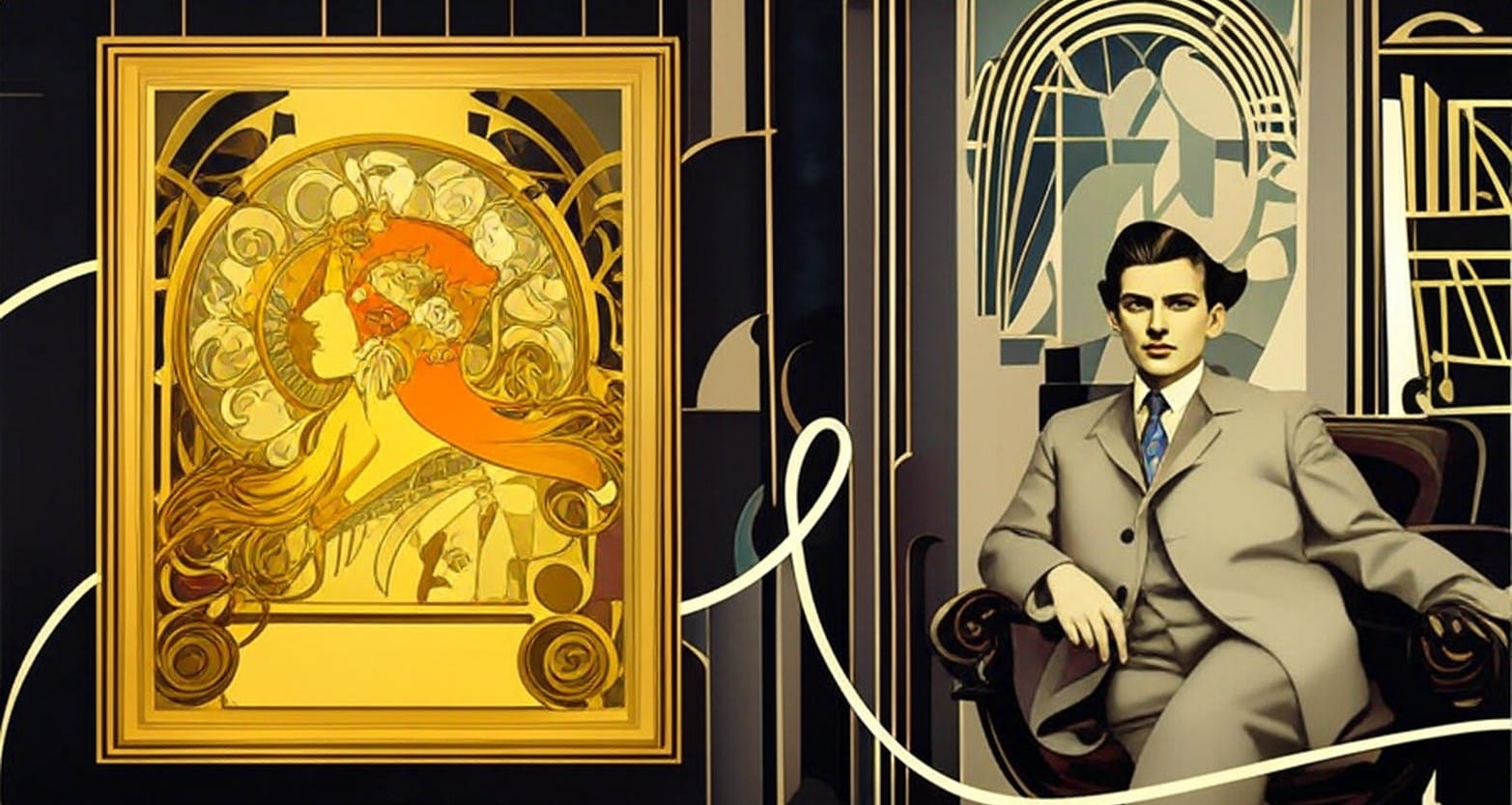
1. A Love Affair with Ornamentation
Art Nouveau is basically the maximalist lovechild of a botanical garden and a calligraphy pen. Patterns everywhere—on the background, on the subject, on your eyeballs. Take Mucha’s Zodiac as your entry point.
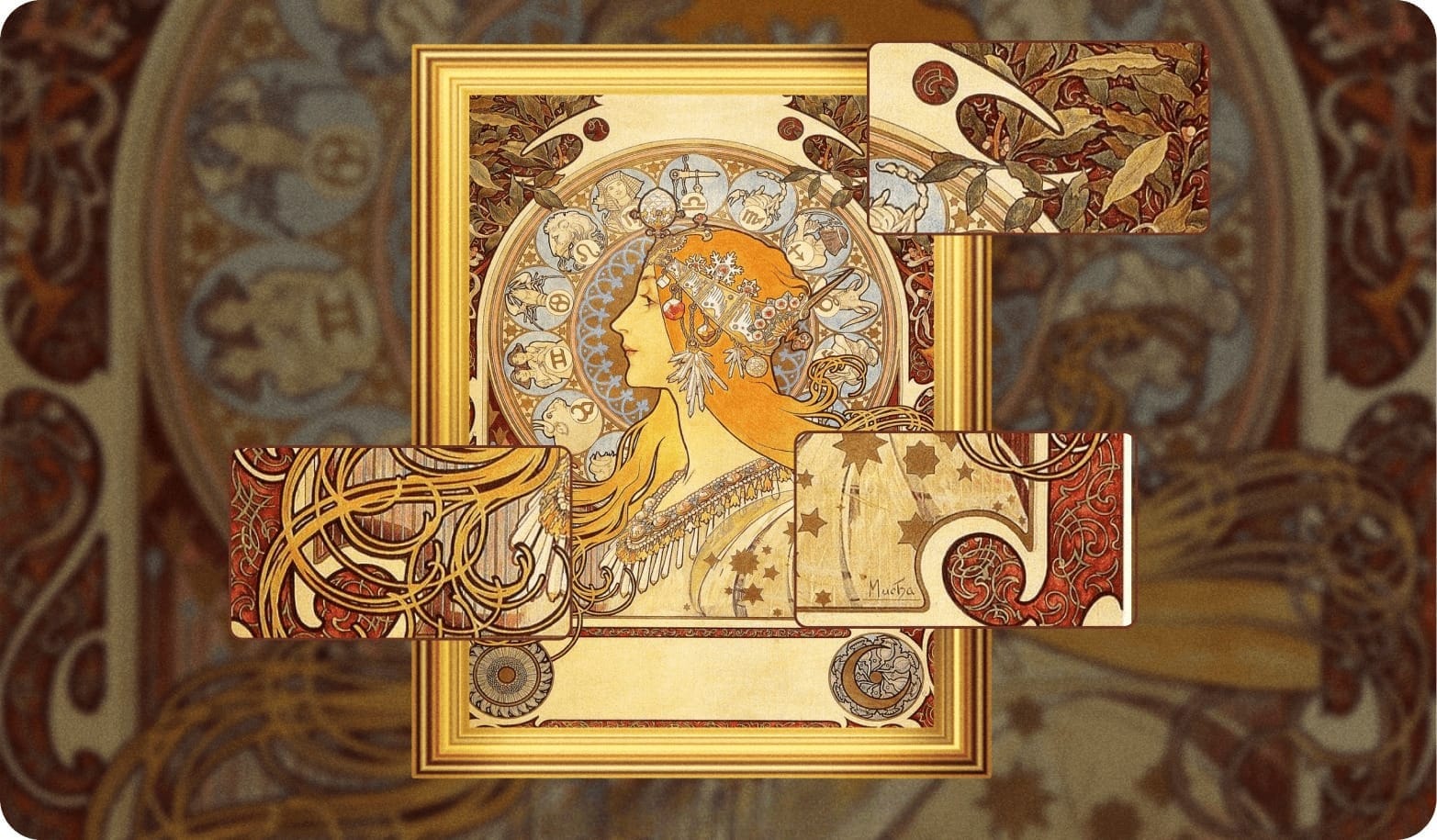
Here, a woman’s hair is not just hair. No, her curls explode into spirals so intricate they might be plotting the Fibonacci sequence behind your back. Meanwhile, the purple background is a relentless attack of repeating patterns, one of which looks like a whip frozen mid-snap. Yes, it’s literally called the "whiplash motif," because apparently, nothing screams high art like violent leatherwork.
2. The Art Blender: Where Painting Meets Graphics
For Mucha, art wasn’t about picking a lane; it was about merging them all into a single traffic jam of creativity. Look at Madonna of the Lilies and Spring Awakening of the Mediterranean.
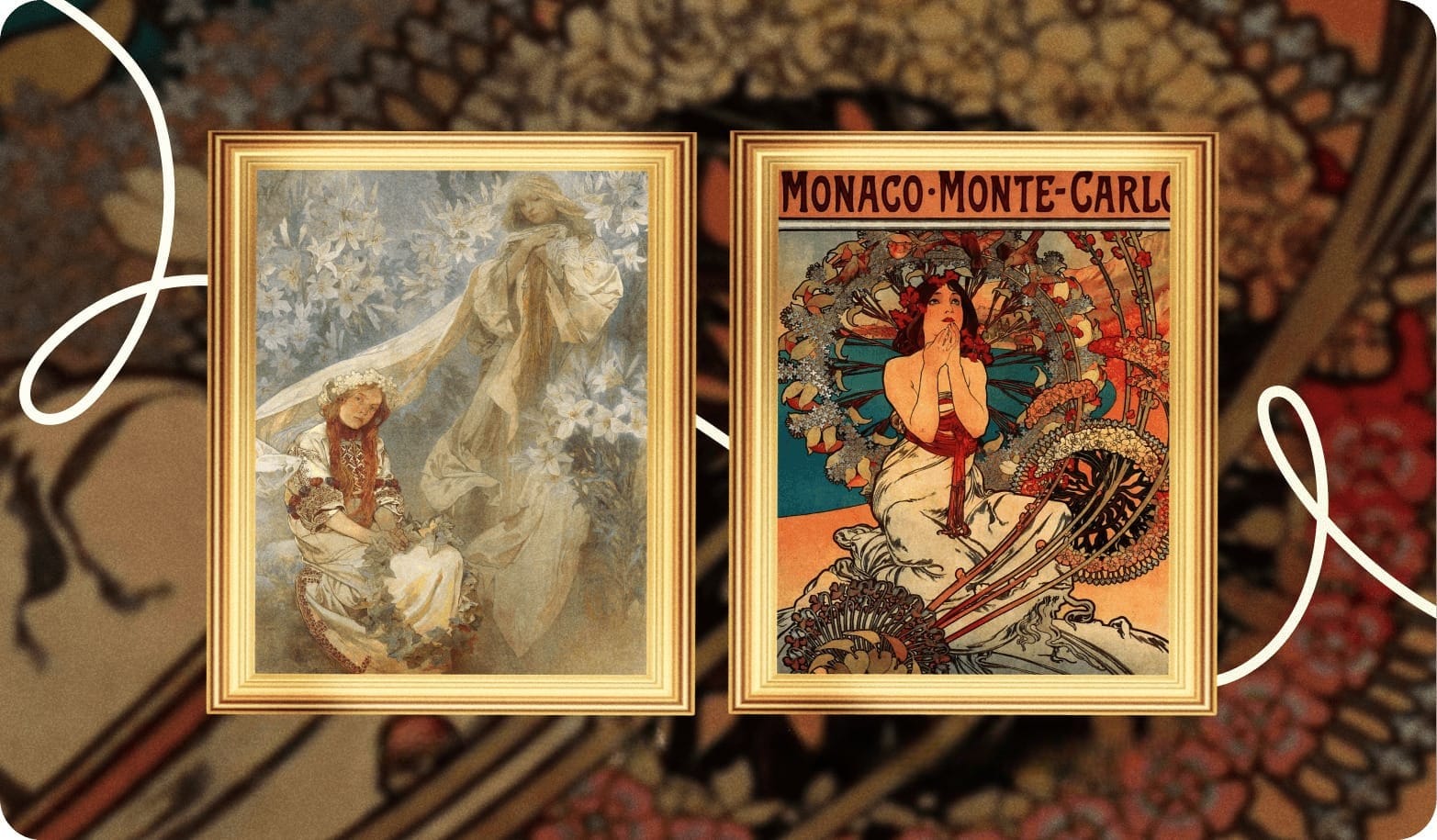
The first is a painting, lush and grandiose, ready to hang in a cathedral or maybe your overly dramatic aunt’s dining room. The second? A piece of graphic art, cranked out with efficiency to reach the masses. Mucha wasn’t just an artist; he was an early adopter of "content strategy." Painting gave him room to go full aesthetic madman, while graphics let him mass-produce beauty for the proletariat. Practicality meets prettiness—like IKEA, but with way more florals.
3. Art for the Masses: When Ads Became Gospel
In the world of Art Nouveau, there’s no such thing as "low art." Everything—yes, even posters and ads—got the royal treatment. Case in point: Mucha’s iconic posters for Sarah Bernhardt, the Beyoncé of late 19th-century theater.
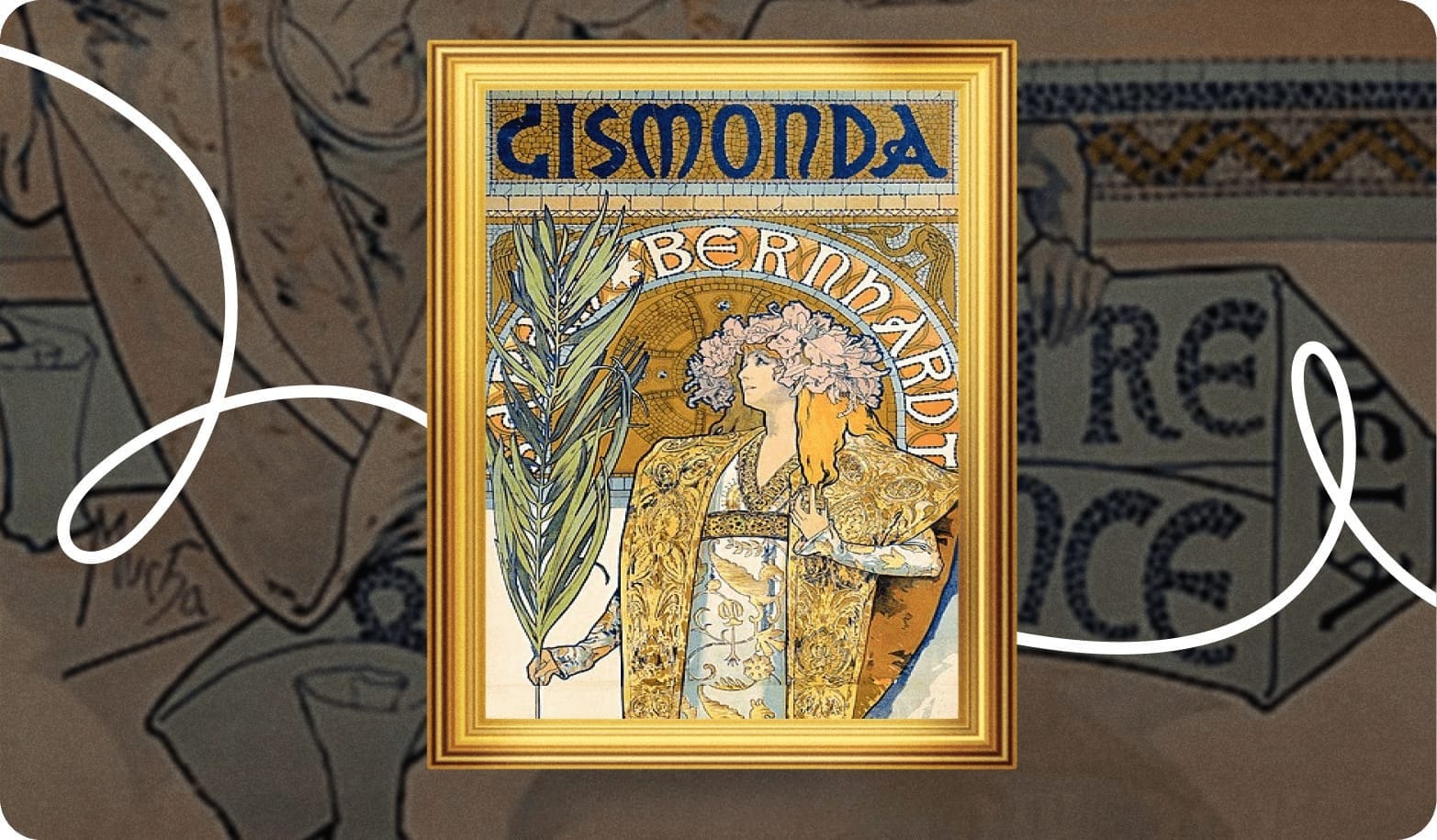
These aren’t just posters. They’re halos of divinity, bathed in pastel hues and drowning in ornamental detail. Calling them "ads" is like calling the Sistine Chapel a paint job. Art Nouveau didn’t just democratize art; it weaponized beauty, turning every billboard into a shrine and every passerby into a worshiper.
4. Aesthetics: Beauty on Steroids
For Mucha and his Art Nouveau crew, "pretty" wasn’t enough. Everything had to adhere to strict aesthetic rules—golden ratios, sacred geometries, and whatever other mathematical wizardry they could cook up. The result? Works that feel less like art and more like they were designed by a perfectionist AI.
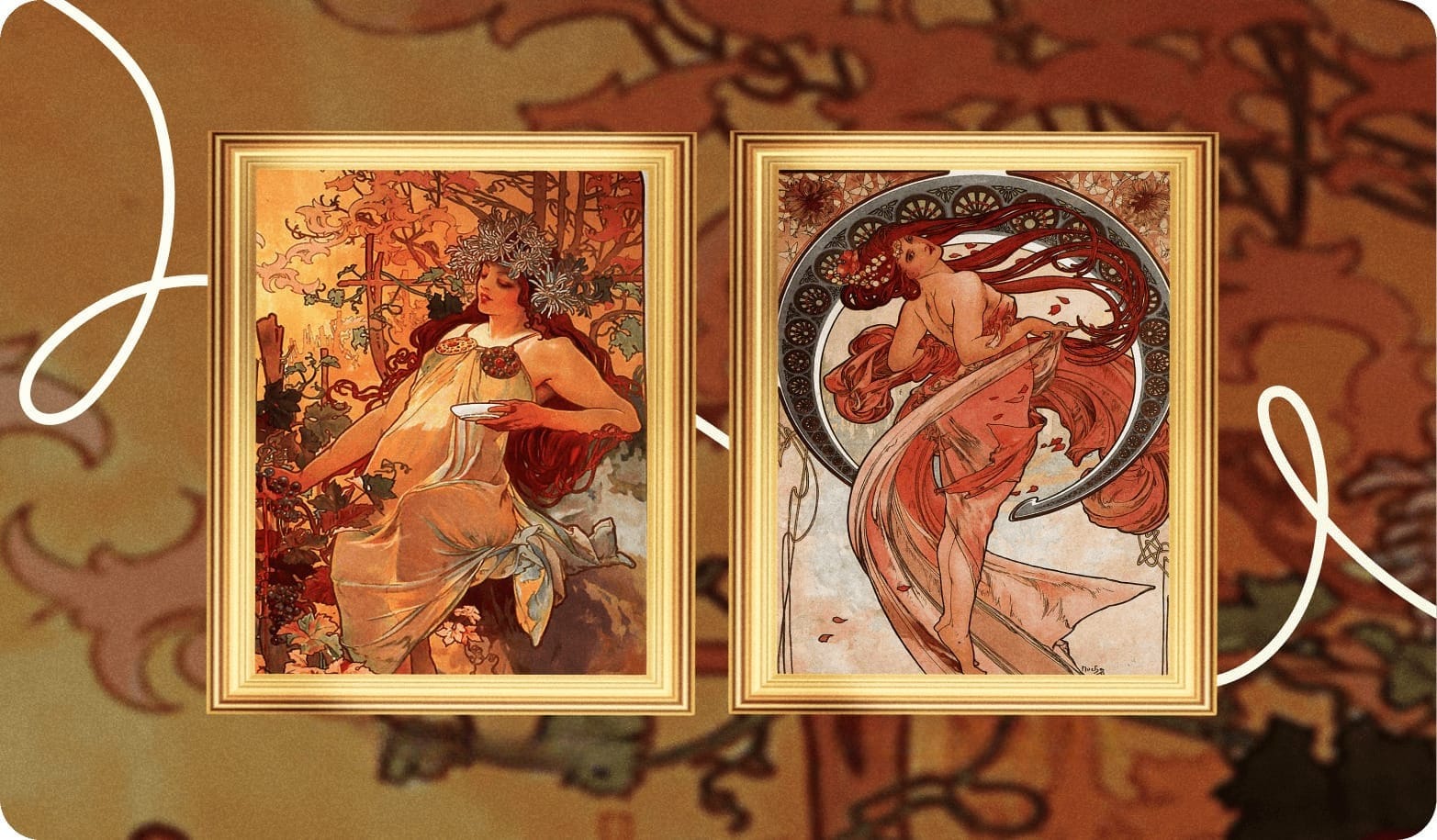
Mucha didn’t stop there; he went full TED Talk mode, delivering lectures about the laws of beauty. These lectures, still available as a book, read like a manifesto for anyone who thinks the world should come with more swirls, symmetry, and sparkle.
Light Bulb Moments
Mucha’s work is a monument to the idea that art should be both accessible and awe-inspiring. It’s the art world’s equivalent of a gourmet food truck—highbrow beauty served to the masses, one elegant swirl at a time.
Further Reading
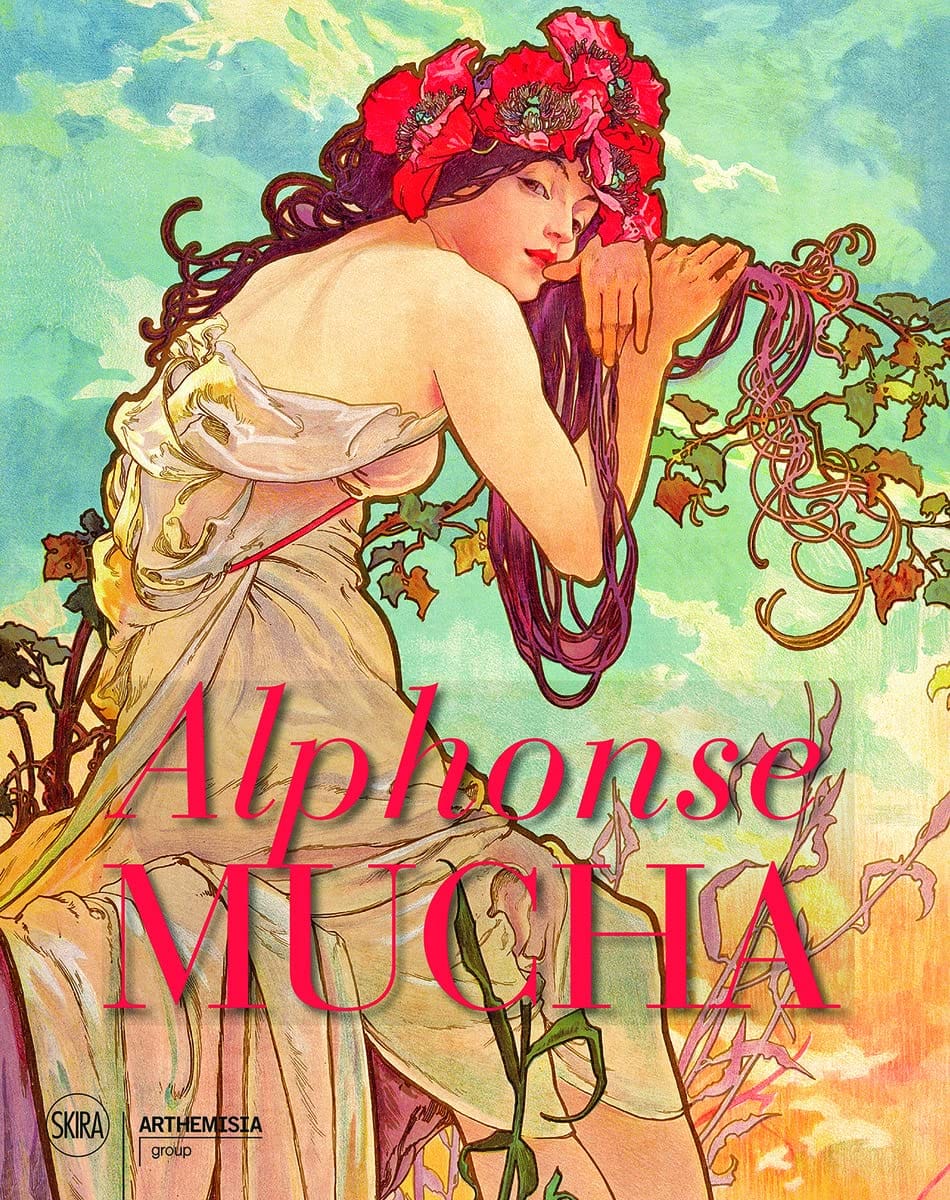
Alphonse Mucha by Tomoko Sato
Spanning the entirety of Alphonse Mucha’s prolific career, this handsome, affordable and concise overview examines the beloved artist’s oeuvre―from posters, jewelry, interior decoration, theater and product design to painting, book illustration, sculpture and photography―across six themed sections that highlight the artist’s personality: “A Bohemian in Paris”; “A Picture-Maker for People”; “A Cosmopolitan”; “The Mystic”; “The Patriot”; and “The Artist-Philosopher.”



